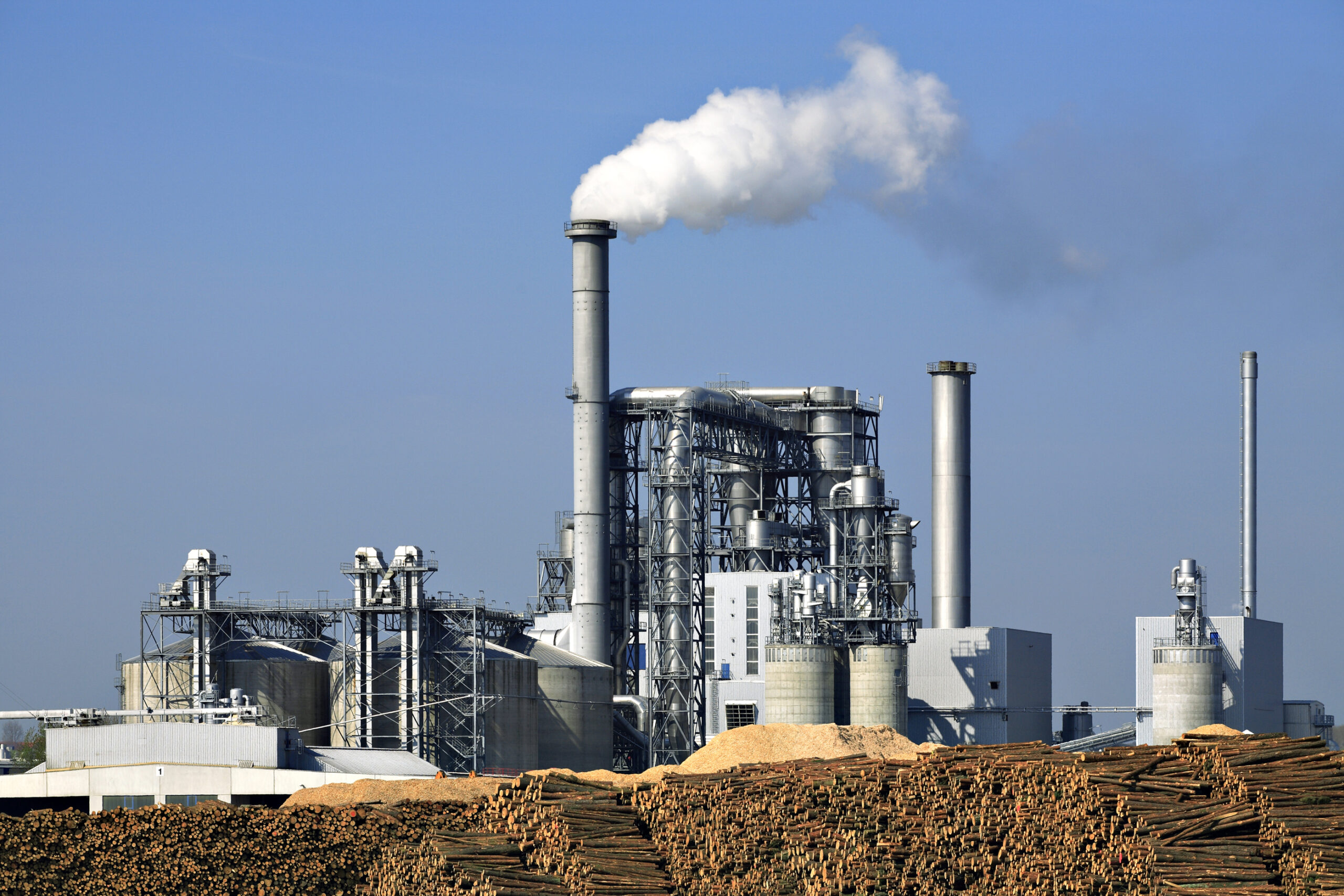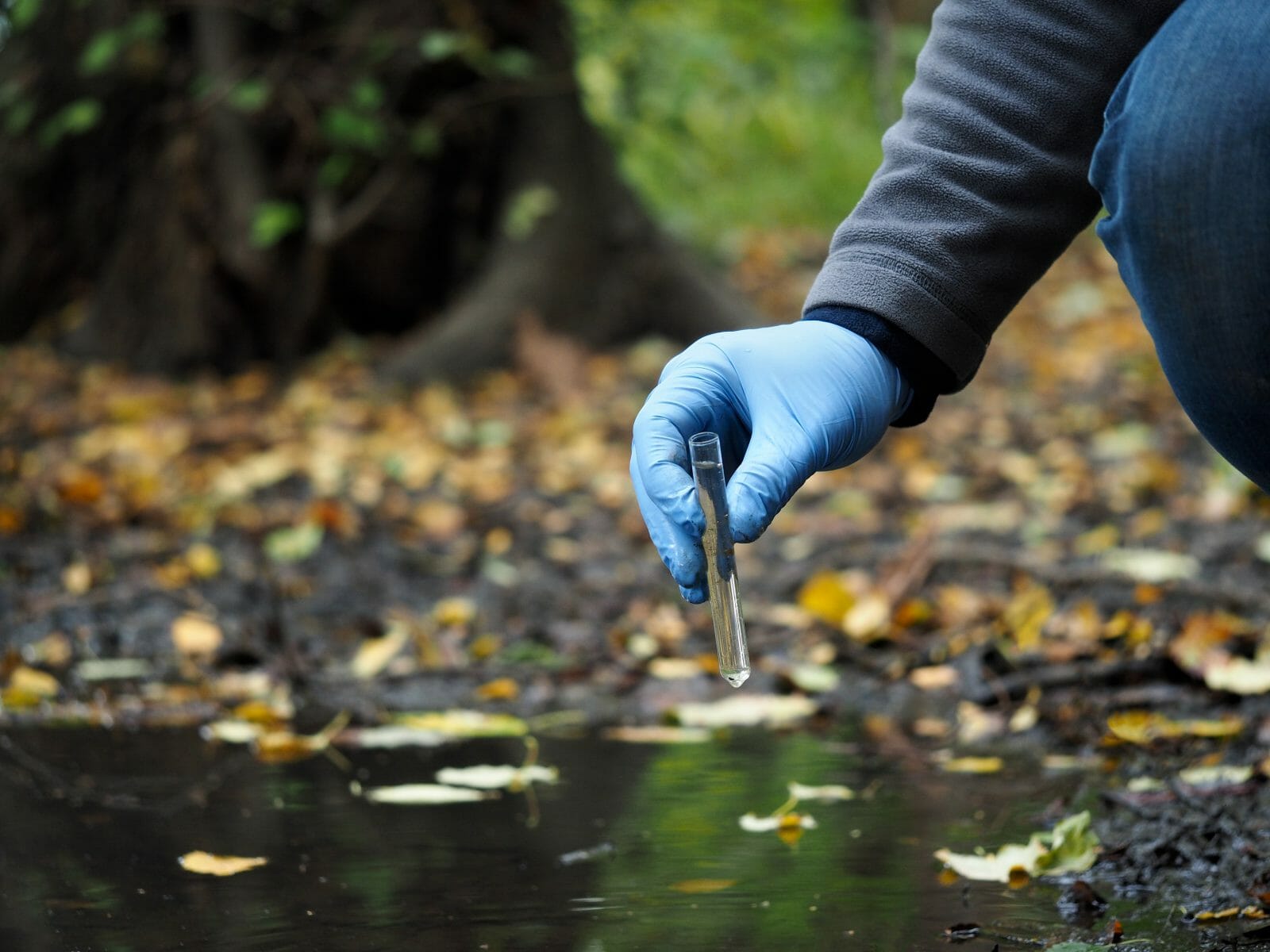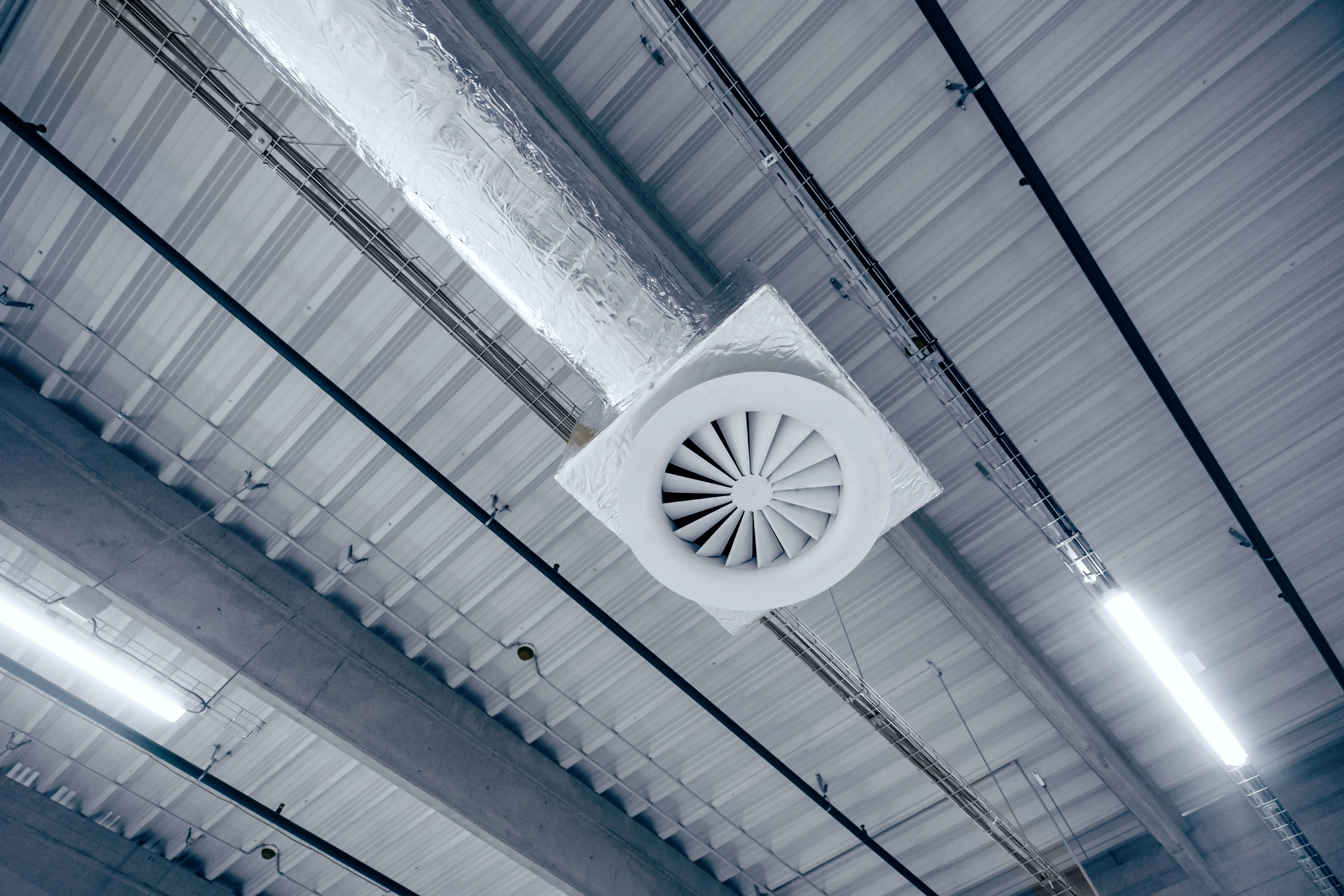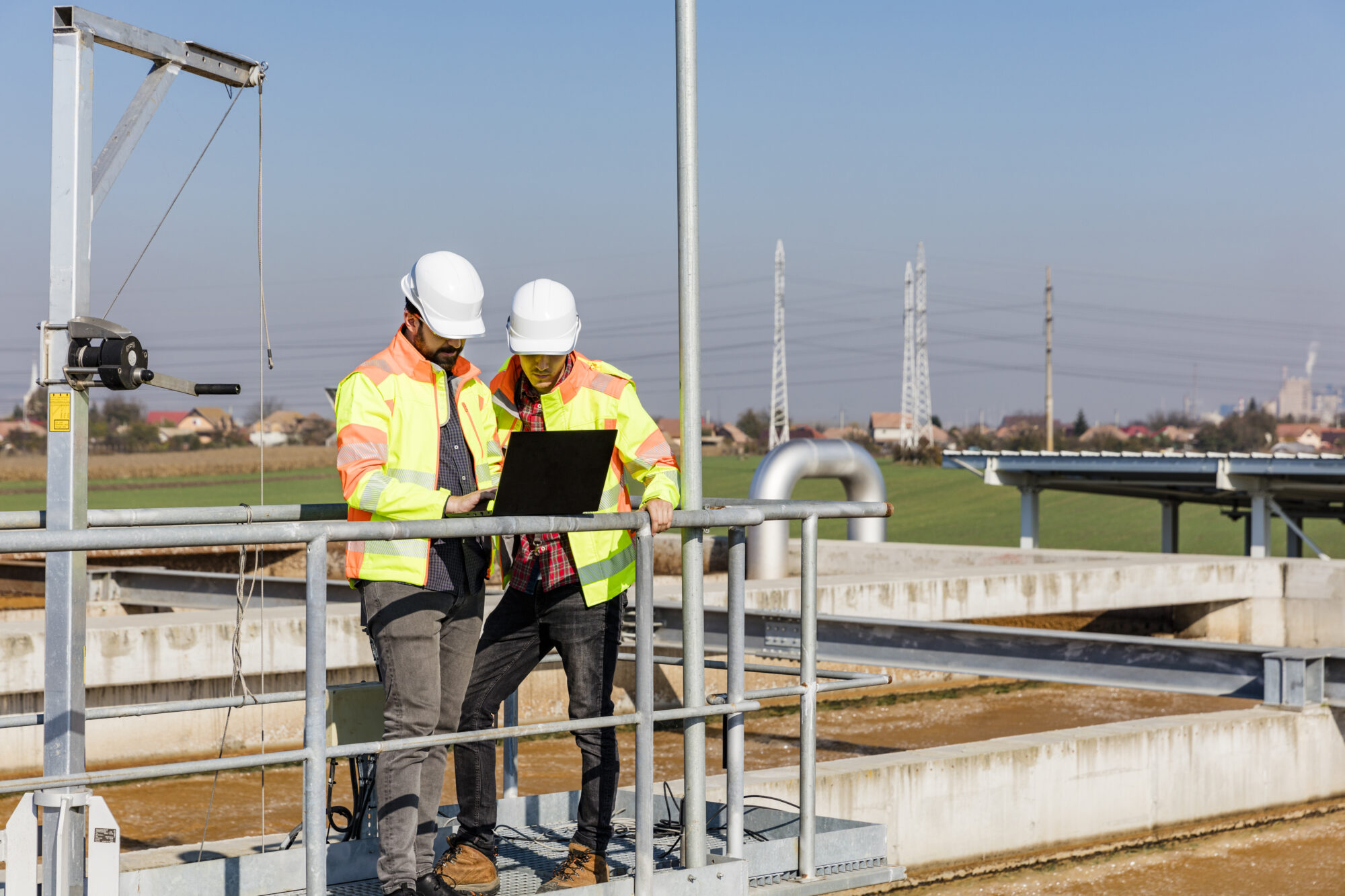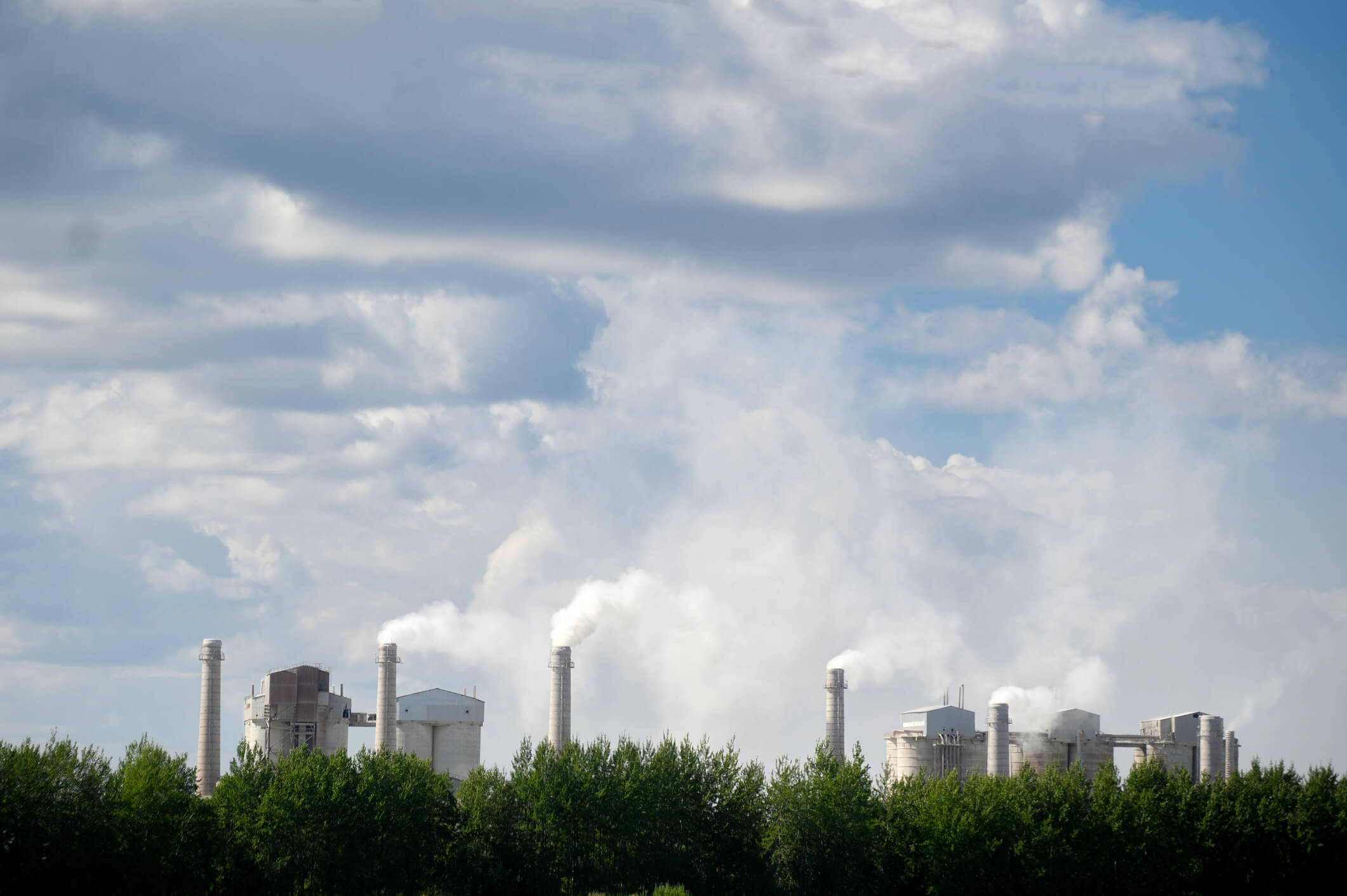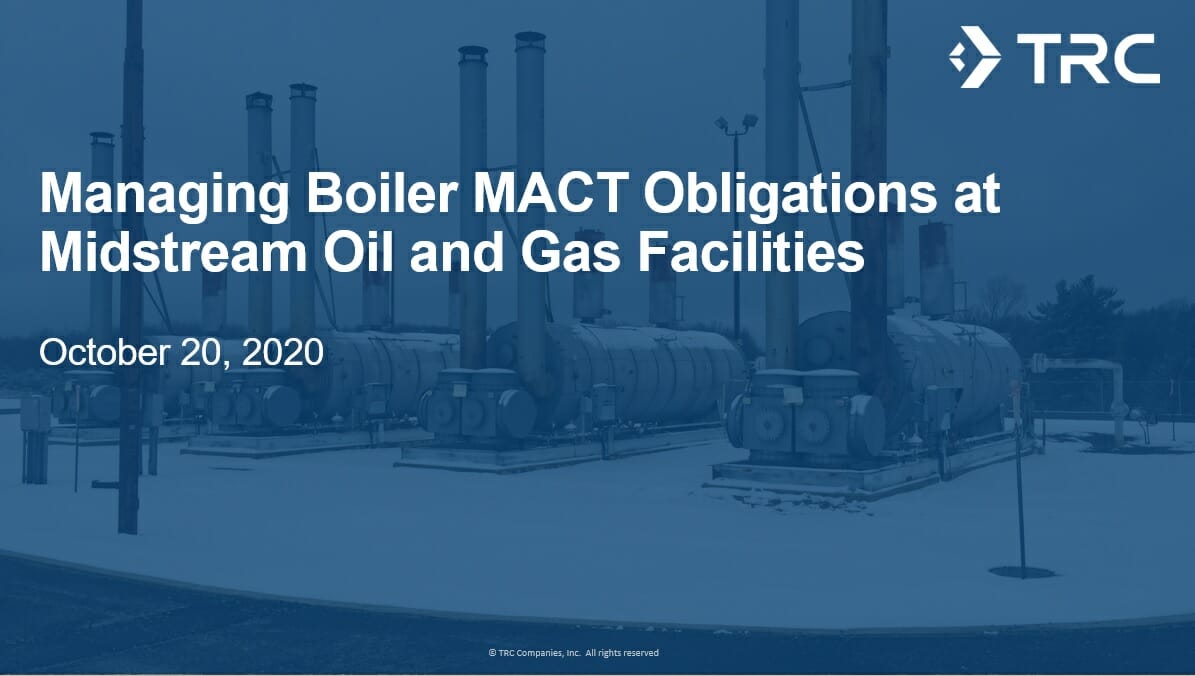Author: Dave Whitford | January 14, 2022
The US EPA (Environmental Protection Agency) finalized a rule to add 1-bromopropane to the federal list of hazardous air pollutants (HAPs) on December 22, 2021. This action is the first time the EPA has added a new chemical to the federal list of HAPs since the original list was created by the Clean Air Act Amendments of 1990.
The chemical 1-bromopropane (1-BP), also known as n-propyl bromide, or nPB, is an organic solvent that is used in electronics and metal cleaning products, surface coatings, dry cleaning, adhesives and in intermediate chemicals used in the manufacture of pharmaceuticals and agricultural products.
What Happened?
The EPA promulgated this amendment adding 1-BP to the federal HAPs list on January 5, 2022 (87 FR 393). The effective date for the additional HAP is February 4, 2022. As a listed HAP, 1-BP will be subject to National Emission Standards for HAPs, also known as MACT (Maximum Achievable Control Technology) standards. The Clean Air Act provides no required deadline or action period to set MACT standards for the control of a new HAP. However, as part of the final rule, the EPA stated that “a separate regulation is needed to ensure the effective and efficient implementation of requirements triggered by the addition of a new HAP” (87 FR 395). The EPA also plans to publish additional guidance on the listing of 1-BP as a new HAP.
Related Services
Who May Be Affected?
Manufacturers of pharmaceuticals, pesticides, quaternary ammonium compounds, flavors, and fragrance may use 1-BP as a chemical intermediate.
1-BP may be present in various products such as:
| Adhesive Solvents | Cleaning Solvents |
| Aerosol Solvents | Vapor and immersion degreasing solvents |
Manufacturing sectors that use 1-BP as a solvent may include:
| Asphalt | Electronics | Optics |
| Aircraft | Foam and laminated | Plastics |
| Dry cleaning | Metal and metal products | Synthetic fibers |
Has the EPA regulated 1-BP before?
The EPA has listed 1-BP in the Substance Registry Services, a resource for chemical information. In 2015, the EPA added 1-BP to the Toxic Release Inventory (TRI) list of reportable chemicals. The EPA is currently reconsidering the final risk evaluation of 1-BP pursuant to Section 6(a) of the Toxic Substances Control Act (TSCA).

What Should I Do?
TRC recommends that environmental, health & safety (EHS) compliance and risk managers at potentially affected facilities:
- Monitor federal and state rulemaking for new standards controlling 1-BP emissions.
- Evaluate whether the designation of 1-BP as a HAP will alter your facility status as a major or minor source of HAPs or whether other changes to your air quality emissions permit may be needed.
- Fully review the applicability of the EPA’s “new source MACT” rules prior to construction or reconstruction of a facility with the potential to emit significant quantities of 1-BP, i.e., more than 10 tons per year or 25 tons per year when combined with other HAP emissions. These rules, based on Clean Air Act (CAA) Section 112(g), require the application of “case-by-case MACT” standards in certain circumstances.
- Ensure that the facility is accounting for 1-BP in its annual applicability review, or “threshold analysis,” for TRI reporting.
If you need assistance complying with air quality compliance requirements, TRC is your solution.
Sharing Our Perspectives
Our practitioners share their insights and perspectives on the trends and challenges shaping the market.

PM2.5 Annual NAAQS Revised
May 7, 2024
The U.S. EPA issued a final rule based on its reconsideration of its 2020 decision to retain the primary and secondary National Ambient Air Quality Standards (NAAQS) for particulate matter (PM) without revision.
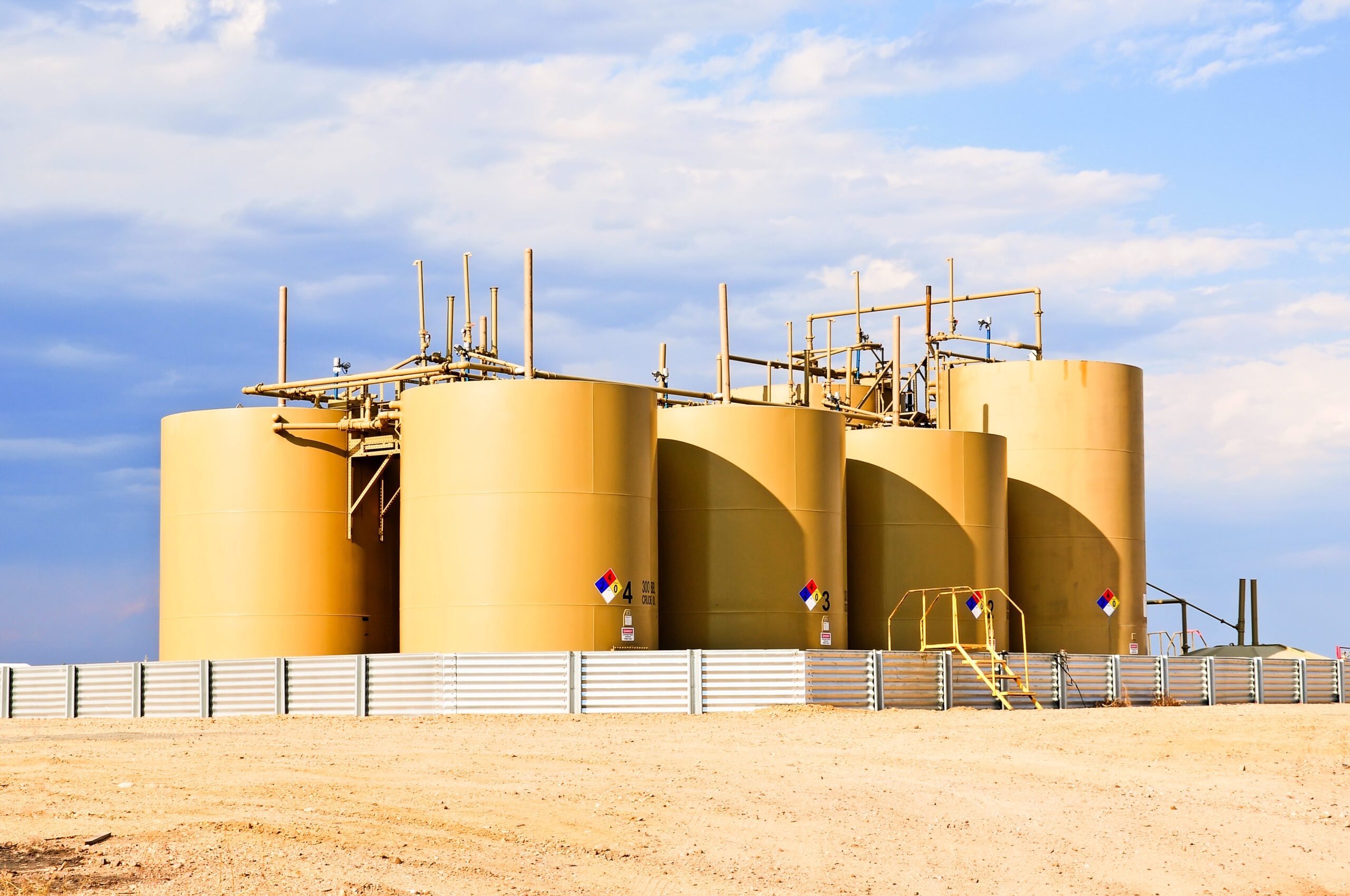
EPA Issues Regulations for Oil and Natural Gas Sector Tank Emissions
April 30, 2024
Storage Vessel or Tank Battery Operators Must Reduce Emissions by 95%.
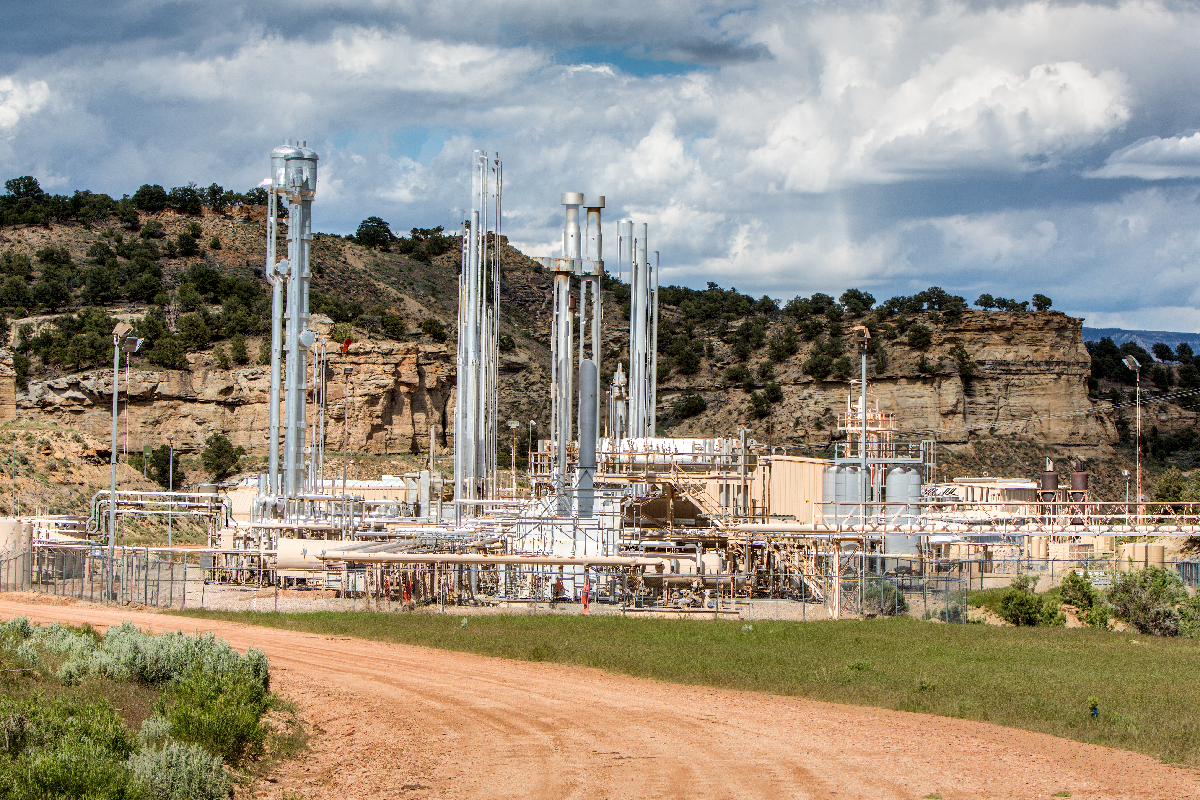
EPA Proposes Rules for IRA-mandated Waste Emissions Charge for Methane
February 6, 2024
EPA proposed rules to implement the Waste Emissions Charge (WEC) program for facilities that exceed a waste emissions threshold

EPA Proposes New Guidance on Air Quality Analysis for Permits
January 5, 2024
On October 23, 2023, the US EPA proposed changes to the Guideline on Air Quality Models and the US EPA model AERMOD

Modeling of Fogging and Icing Events
December 14, 2023
In recent years, various agencies across the country have become committed to understanding the impacts of fog generated by cooling systems. At first glance, fog created by cooling towers may not appear to be a significant problem, however, it can have adverse effects on the public. Fog can impair visibility for people driving on roads and if temperatures are below freezing, fog can cause the formation of rime ice on surfaces. To understand the consequences of fog created by these cooling systems, experts have devised advanced modeling techniques.

EPA Proposes Regulation of Green House Gas Emissions
July 10, 2023
This article highlights the EPA’s proposed rules to regulate greenhouse gas emissions from power plants and the potential impact on new and existing fossil fuel-fired facilities.

TRC Acquires United Sciences Testing, Inc., Expanding Air Management Capabilities
February 23, 2022
TRC Companies (“TRC”), announced the expansion of its Air Management capabilities with the acquisition of United Sciences Testing, Inc. (USTI), who provides emissions testing services to utility and industrial clients within the Great Lakes and Midwest regions of the US.

EPA Adds First New Hazardous Air Pollutant Since 1990
January 14, 2022
EPA finalized a rule to add 1-bromopropane to the federal list of hazardous air pollutants (HAPs) on December 22, 2022.

Air Emissions Permitting: What Analytical Laboratories Need to Know About Compliance
December 18, 2021
The independent testing of liquid and solid samples is a critical way that businesses demonstrate regulatory compliance. The laboratories that perform these analyses are also subject to environmental rules and should closely track their operations to ensure they are meeting compliance obligations.

EPA Proposes Changes to Methane Control at Petroleum Operations
November 10, 2021
New Source Performance Standard for Methane Control at Petroleum Operations in 2022

PFAS Air Emissions Standards and Trends for Summer 2021
August 17, 2021
Environmental impacts of PFAS in ambient air leads to states implementing PFAS air-related thresholds.

Managing EHS & ESG Risks Through Integrated Systems Today and Beyond
July 22, 2021
It has been more than 50 years since the development and establishment of the federal Environmental Protection Agency (EPA) and the federal Occupational Safety & Health Administration (OSHA) which were formed to protect our environment and workplaces across the United States. Significant laws, policies and regulations followed to establish the “regulatory programs” that all applicable businesses and entities must address and meet to ensure these compliance-driven legislative programs would create a foundation to protect our society.

EPA Ramps Up Inspections and Enforcement Actions
May 14, 2021
EPA’s acting enforcement chief, Larry Starfield, directs agents to ramp up inspections in communities known to be afflicted by pollution

South Coast Air Quality Management District Rule 2305: Warehouse Indirect Source Rule
April 7, 2021
The rule is intended to reduce local and regional emissions of NOx and diesel particulate matter (PM).
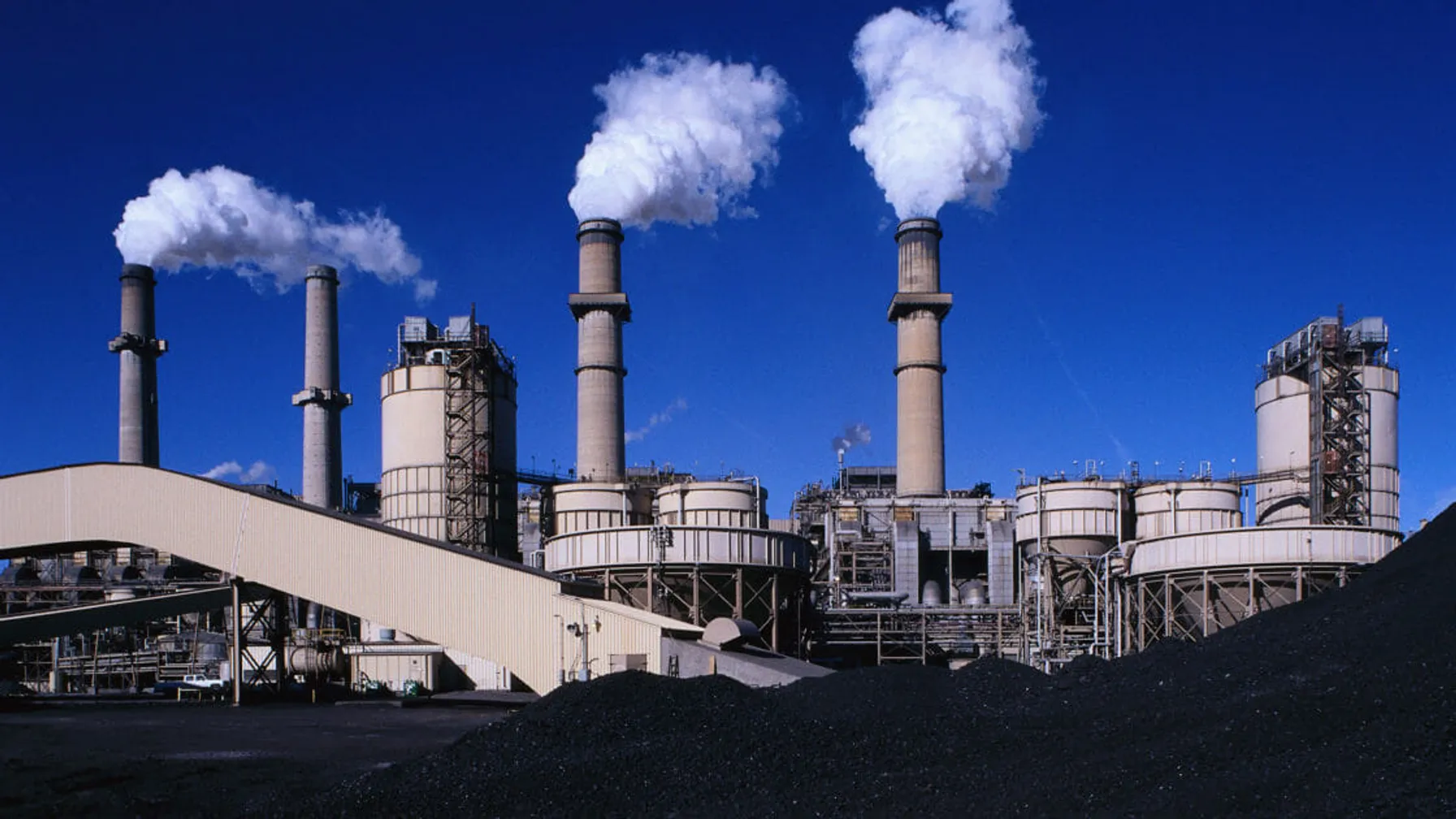
EPA Clean Air Act Rulemaking Announced December 2020
December 31, 2020
EPA announces Clean Air Act Rulemaking in the final month of the current administration and indicates more could be announced before the new administration comes into office.

New Jersey’s Landmark Environmental Justice Law
November 24, 2020
What Is an Indoor Air Quality Assessment? An indoor air quality assessment involves identifying and addressing air quality issues within a facility to ensure a healthy and safe environment for occupants. The assessment process typically includes an initial inspection, laboratory testing for contaminants, and recommendations for improvements. LEED-certified buildings prioritize indoor air quality, adopting measures to maintain good IAQ throughout construction and occupancy. Contact Us

EPA Finalizes Reversal of “Once In Always In” Air Pollution Policy
November 18, 2020
On October 1, 2020, the EPA finalized a ruling that no longer enforces the “once in, always in” air emissions policy.

TRC Awarded a Yahara WINS Grant
August 28, 2020
TRC was recently awarded a Yahara WINS grant to develop a pilot scale simple aeration method for removing phosphorous from the discharge of manure digesters. The grant application was developed and submitted by: Bob Stanforth, Alyssa Sellwood, Mike Ursin, Ted O’Connell, Ken Quinn, and John Rice, who are members of multiple TRC CORE teams.
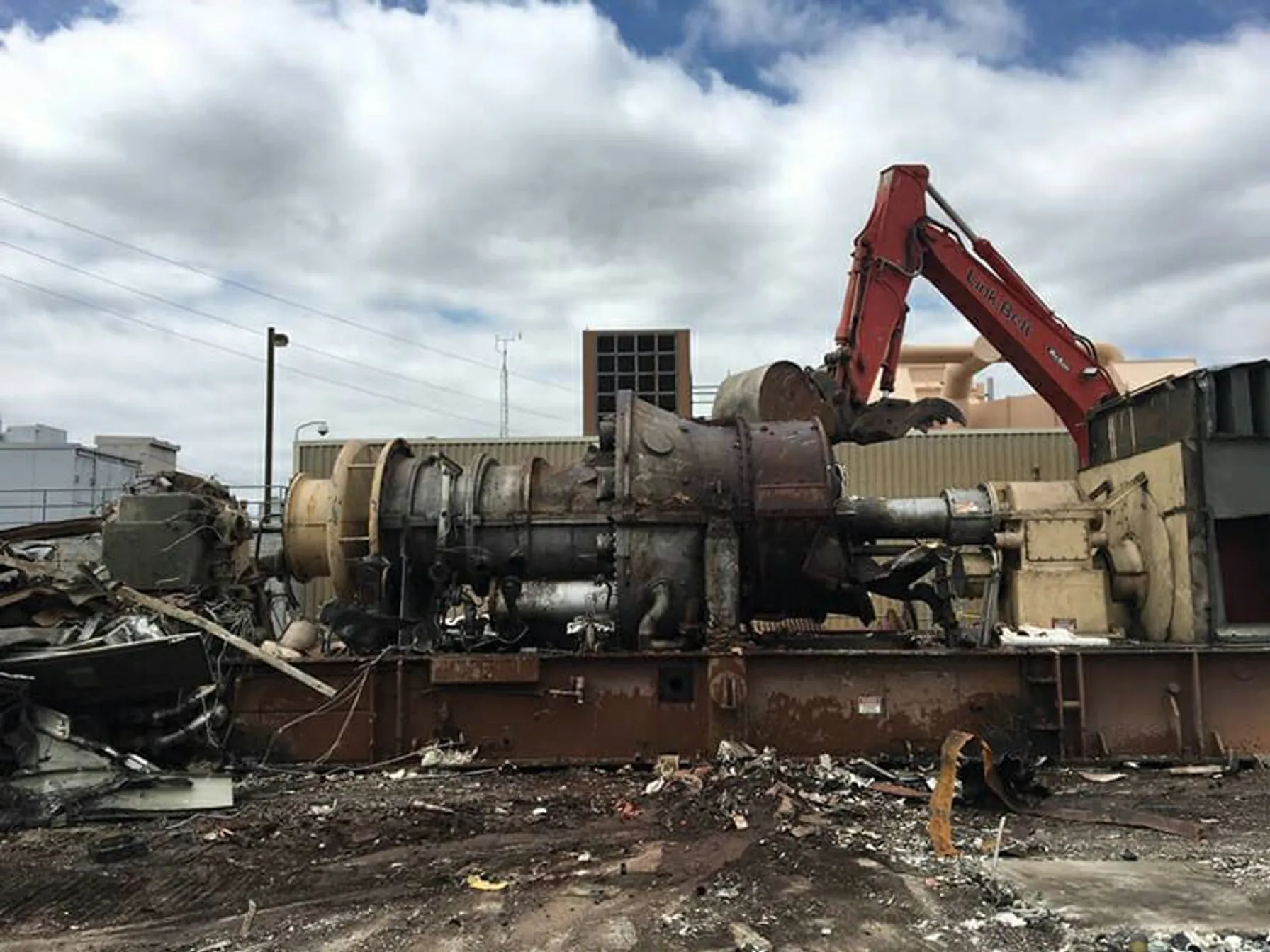
New York State Finalizes Emission Limits for Power Generators
January 21, 2020
On January 16, 2020, the New York State Department of Environmental Conservation (NYSDEC) finalized a rulemaking limiting nitrogen oxide (NOx) emissions from existing simple cycle and regenerative peaking combustion turbines with a nameplate capacity of 15 megawatts (MW) or greater during the ozone season (May 1 – October 31).

Dave Whitford
David A. Whitford is a Project Manager and Senior Consultant with over 25 years of experience in environmental compliance management. His mission is to efficiently obtain regulatory approval of client projects and keep client facilities in compliance. Dave’s knowledge of rules and rulemaking procedures, training and experience provide a seasoned perspective for identifying and resolving environmental compliance issues. Contact Dave at DWhitford@trccompanies.com.




